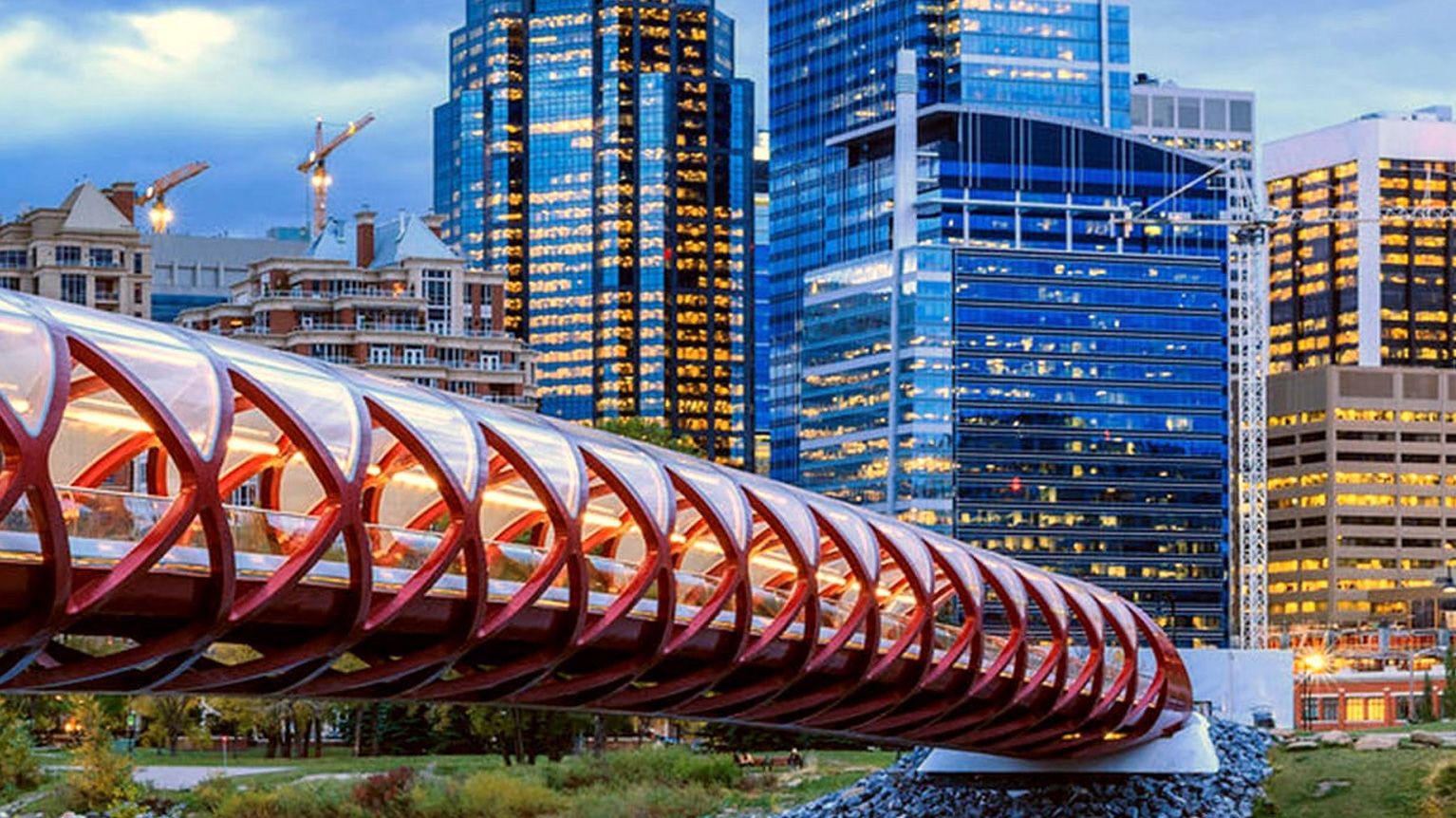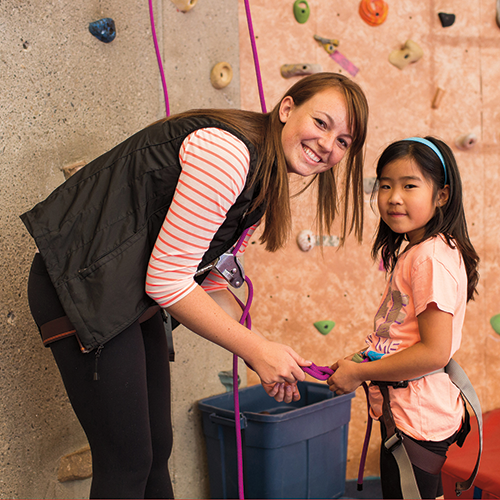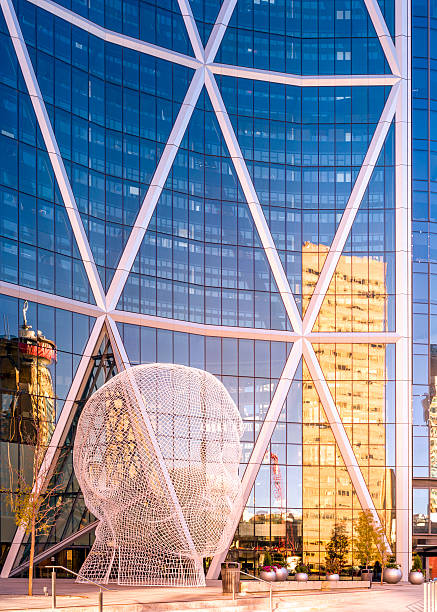Background image
The utility class background-image along with the utility ratio classes can be used together to set a background image on an element. The ratio class sets up the dimensions of the element and the background image fills the entire area.
This option can be more flexible than simply using the <img> tag. The image will be displayed in the chosen ratio regardless of the image’s actual physical dimensions.
Warning: Edges of the image could potentially be cut off so it is not recommended to use the background-image to display images with important information.
Background image ratios
There are 4 background image ratios currently supported:
| Ratio | Class name |
|---|---|
| 16x9 | ratio-16x9 |
| 4x3 | ratio-4x3 |
| 1x1 | ratio-1x1 |
| 3x4 | ratio-3x4 |
Example
Code
<!-- 16x9 -->
<div class="background-image ratio-16x9" style="background-image: url( 'image.jpg' );"></div>
<!-- 4x3 -->
<div class="background-image ratio-4x3" style="background-image: url( 'image.jpg' );"></div>
<!-- 1x1 -->
<div class="background-image ratio-1x1" style="background-image: url( 'image.jpg' );"></div>
<!-- 3x4 -->
<div class="background-image ratio-3x4" style="background-image: url( 'image.jpg' );"></div>
Background image positioning
The default focus or positioning of the background image is set to the horizontal and vertical center.
By using the background-position utility classes, the positions can be customized on the x and y basis. There are a total of 9 possible combinations. Apply the classes to the background-image element.
| X position class name | Y position class name |
|---|---|
| bg-pos-x-left | bg-pos-y-top |
| bg-pos-x-center | bg-pos-y-center |
| bg-pos-x-right | bg-pos-y-bottom |
Background position demo
Below is a demonstration of the 9 possible background positioning combinations. Mix and match the images and ratios to see the background positions in action.
1. Select an image







